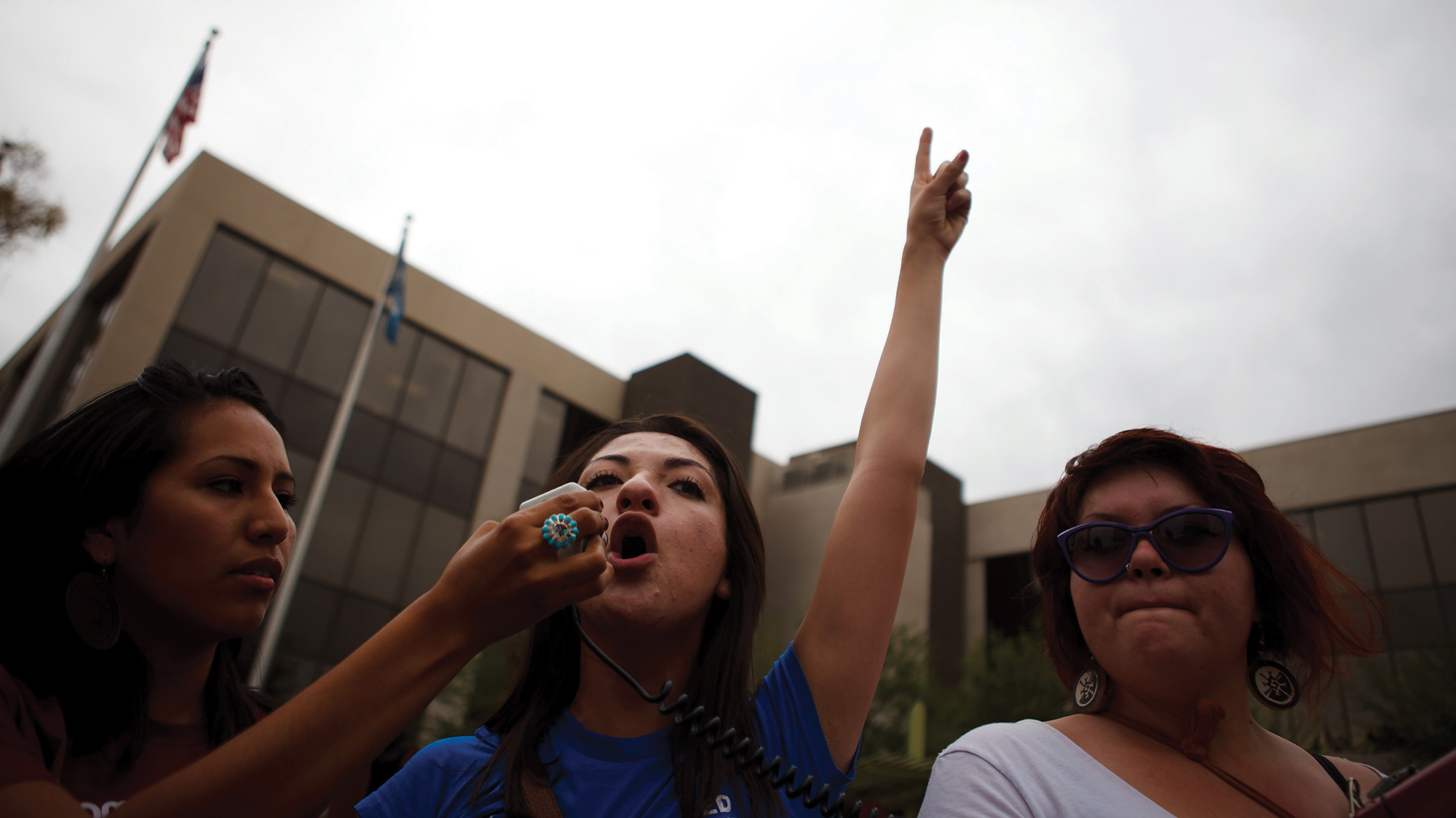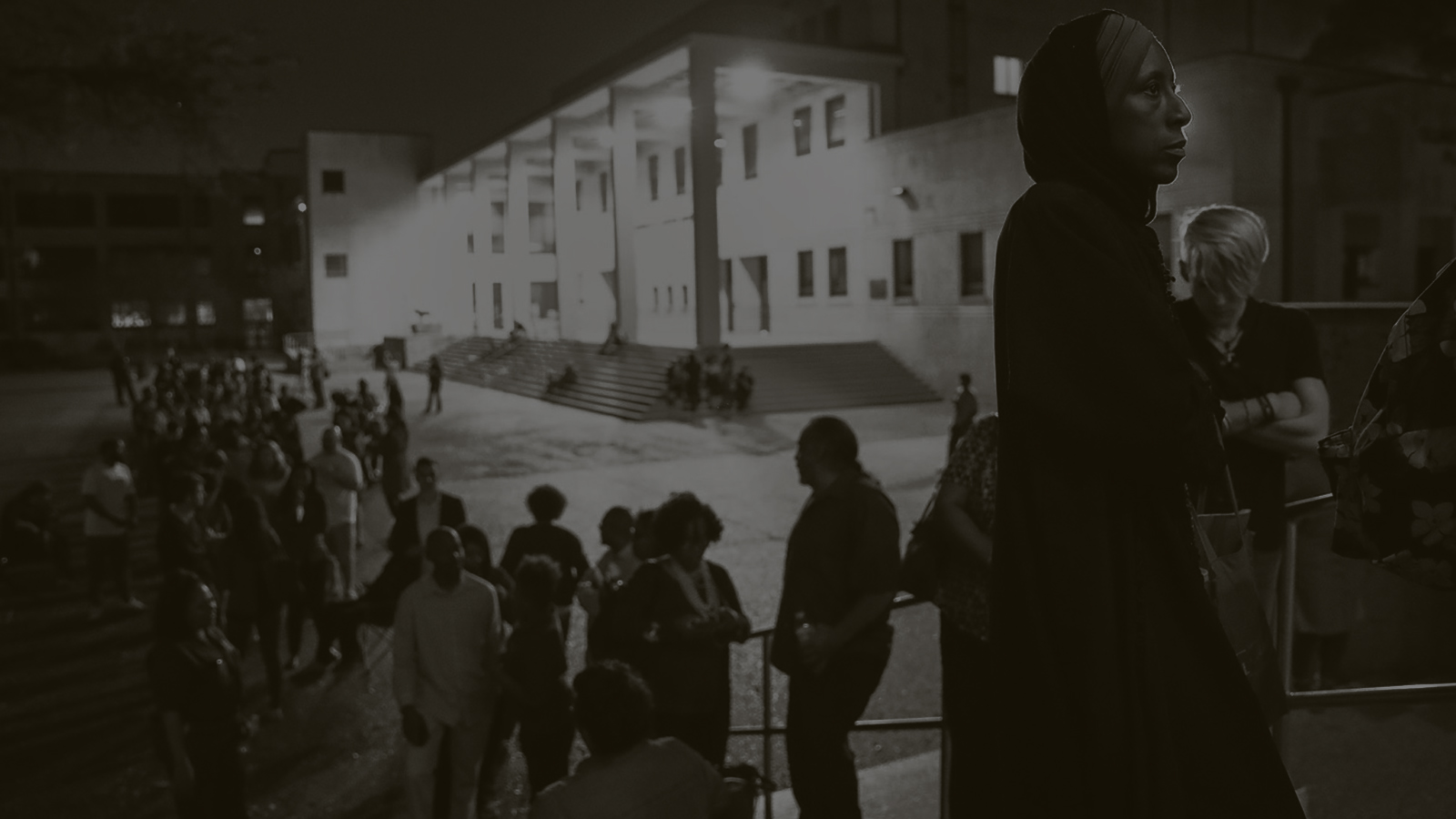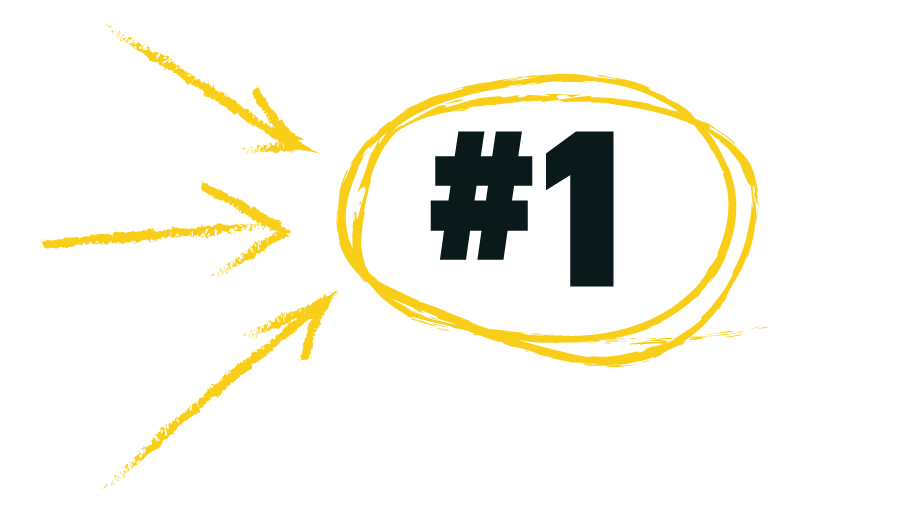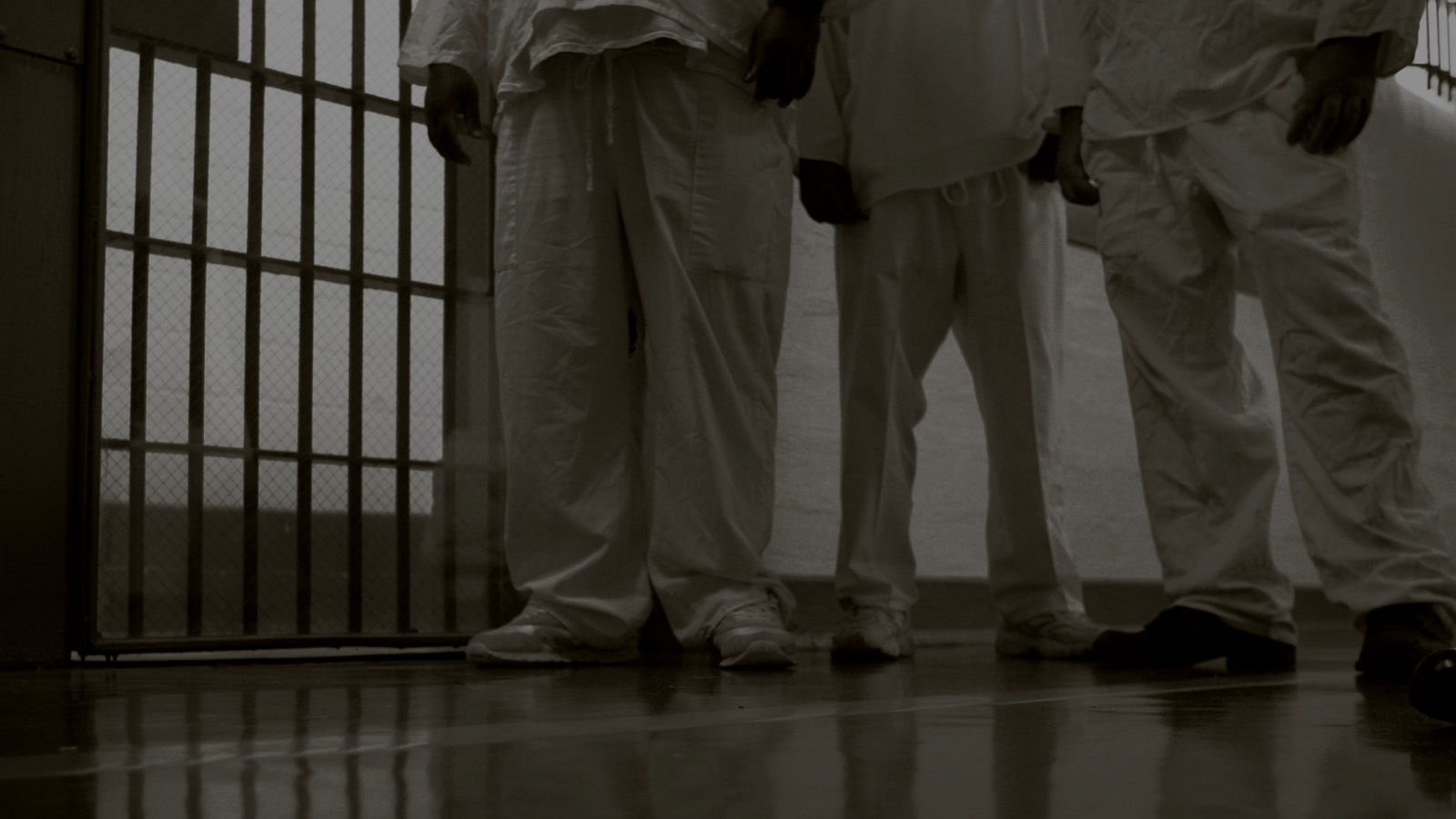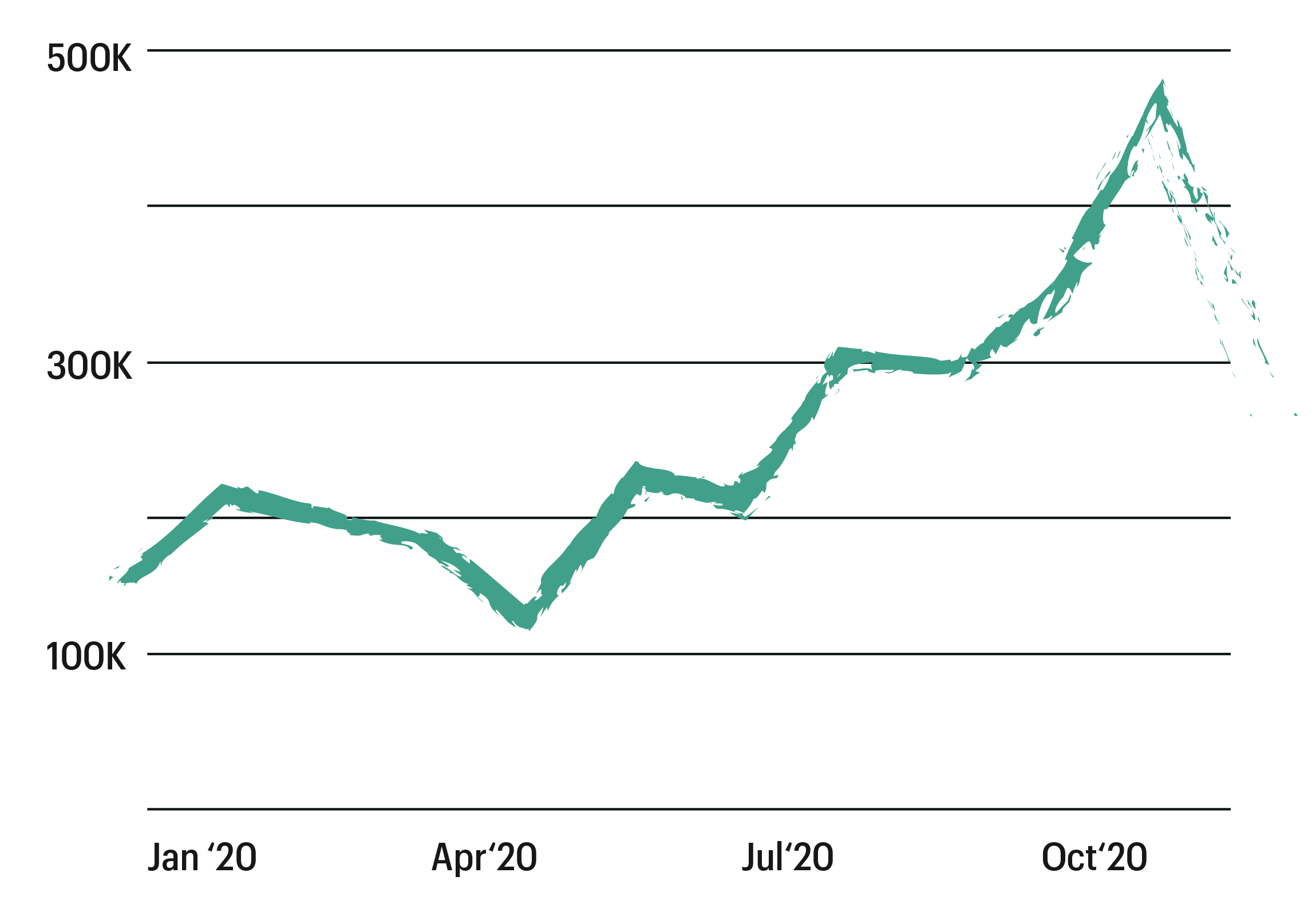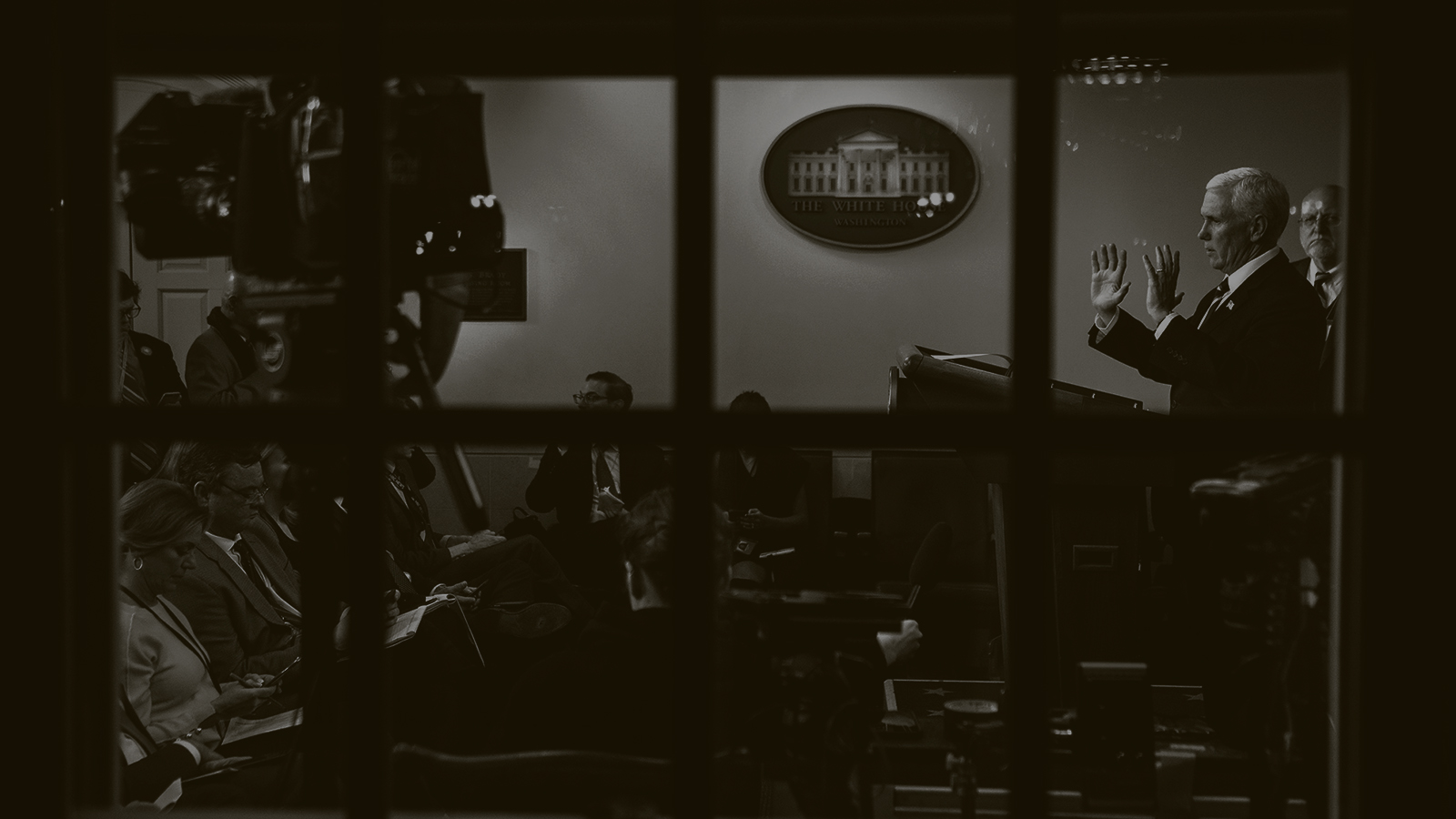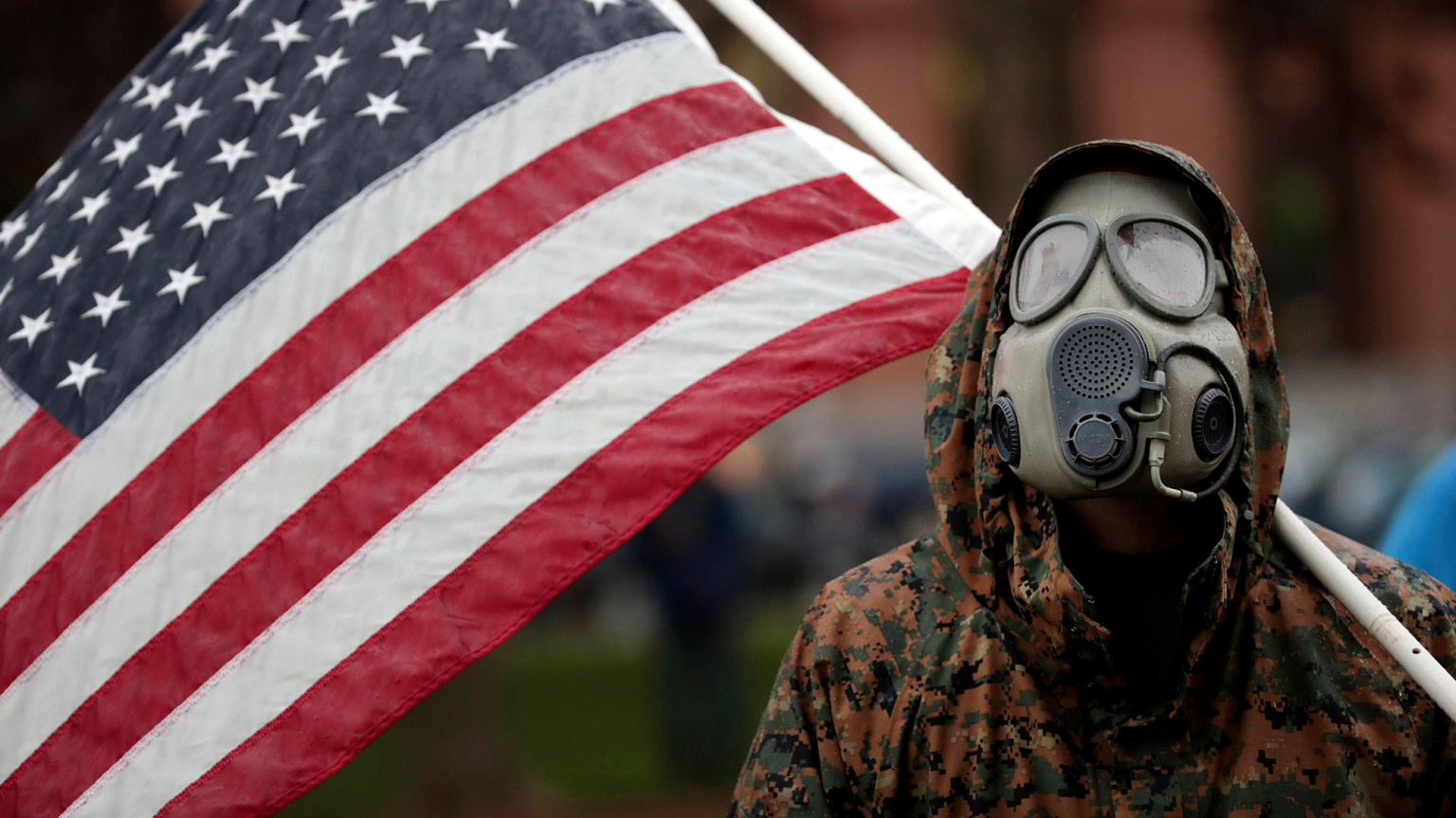What is Impact?
How can journalism make a difference? That’s the question that has been driving us at Mother Jones, every day, since our founding 45 years ago. It’s our job to have an impact—by finding the truth about things that would otherwise stay hidden and getting it out to people who make change.
But impact isn’t always what you think. Yes, it’s major scoops that expose wrongdoing (as you’ll see), and yes, it’s stories that help influence legislation and activism (you’ll see that too). But it’s not enough to just publish big exposés or drill down on policy. The most important changes don’t always come right after publishing. Sometimes—often in fact—journalists hammer away at an issue for years before it breaks through in political debate or popular consciousness.
And sometimes the most meaningful change comes one person at a time: As the pandemic ramped up, MoJo reporter Fernanda Echavarri wrote about the plight of domestic workers, featuring a housecleaner whose clients abruptly canceled and left her without income after decades of loyalty. Several readers reached out to Fernanda to share their stimulus checks with the woman. Likewise this February, another reporter, Kiera Butler, reported on a town in Georgia that had begun vaccinating teachers, only to find the state yanking its entire supply of vaccines. The day after Butler’s story appeared, the town got its shots back.
To us, these smaller but significant impacts are just as important as the bigger, high-visibility scoops that our reporters routinely land, as when Mother Jones broke the story of Mitt Romney’s 47 percent remarks in 2012, altering the course of a presidential campaign. Or when our reporter went inside a private prison to show what for-profit incarceration really looks like, before the federal government began phasing out the use of these contractors.

It can take more than a news cycle to really see change happening. MoJo’s dogged reporting on the Trump campaign’s links to Russia, his coddling of extremist groups, and his unprecedented conflicts of interest elevated these issues into public conversation and prompted other newsrooms to begin digging into them too. Our team has focused on voting rights and voter suppression since 2017, helping establish one of the core priorities of those seeking to defend democracy. And a decade ago, when many in the media retreated from covering the climate emergency, we put together a multi-newsroom coalition to ramp up climate journalism; finally, news organizations everywhere are prioritizing this beat. This has always been a defining feature of Mother Jones: looking over the news horizon to give the world a heads-up about what’s coming our way.
For journalism to have an impact, it’s not enough to “build it and they will come”: Our stories need to get out there beyond the choir of news junkies. At MoJo, everyone works to make sure our stories land with the widest possible audience—through other media, via social platforms, and as videos, podcasts, and data visualizations that expand our reach all over the country, across age, gender, race, and ethnicity. On social media, we find that a significant share of our audience doesn’t follow other news sources. They find something in our reporting that speaks to them when other outlets don’t.
Perhaps the most compelling measure of impact comes from readers we might not have expected to reach. Some years ago, we assigned Julia Lurie to cover the opioid epidemic full-time (a first for a national publication). After we published her story about how the opioid crisis was hitting families in Ohio, a woman who described herself as a “Christian conservative Republican” wrote her this email:
I cannot thank you enough for your work on the opioid crisis. I cried after reading your story. I have never emailed the writer of anything I have read online. But your story has really touched me. There is so much hurt, guilt and blame to go around. We may have different views on politics or how to fix this problem. But I would hope that we can all come together to help these children who are, by far, the biggest victims in the opioid crisis.
That’s not the splashiest impact story you’ll ever read, but it gets at something that matters a lot. Making a difference is not just about the number of people reached or the number of times a story gets picked up in other media. It’s not just about the policies that change or the corrupt officials who get indicted as a result (though all of these are vital). It’s also about how storytelling can really change how people look at something—if it’s done with intention, with a human face, and with a genuine push to reach people with respect and empathy. What follows is our take on how Mother Jones’ reporting had an impact this year:

Monika Bauerlein, CEO
